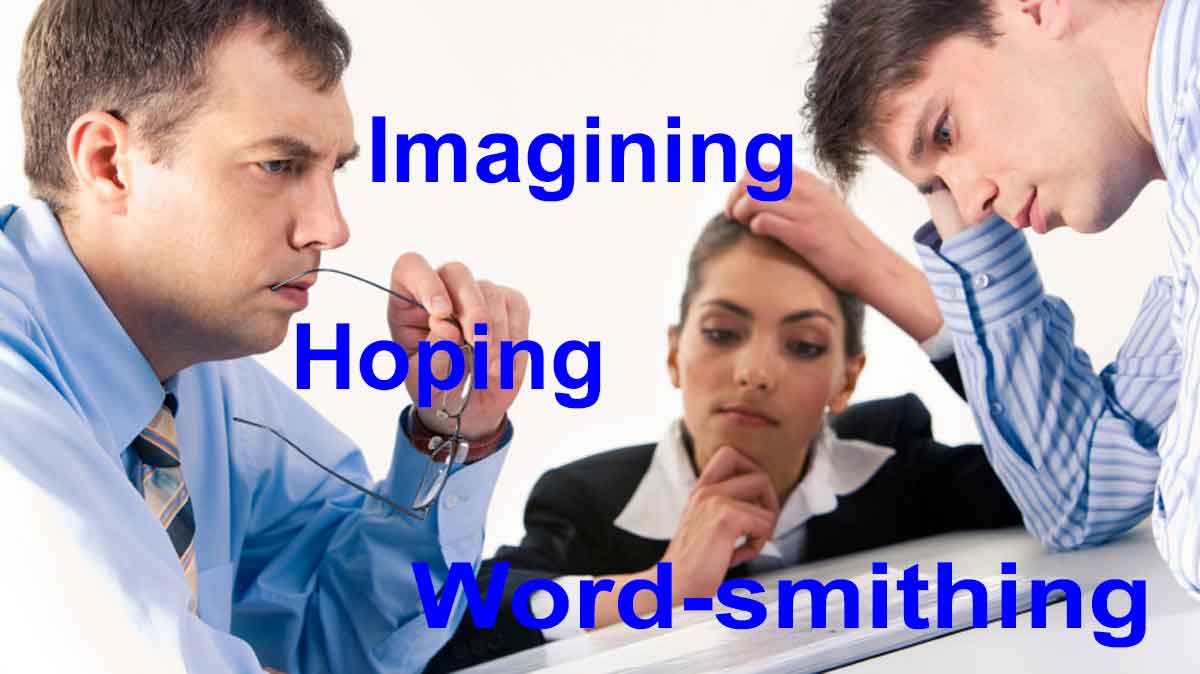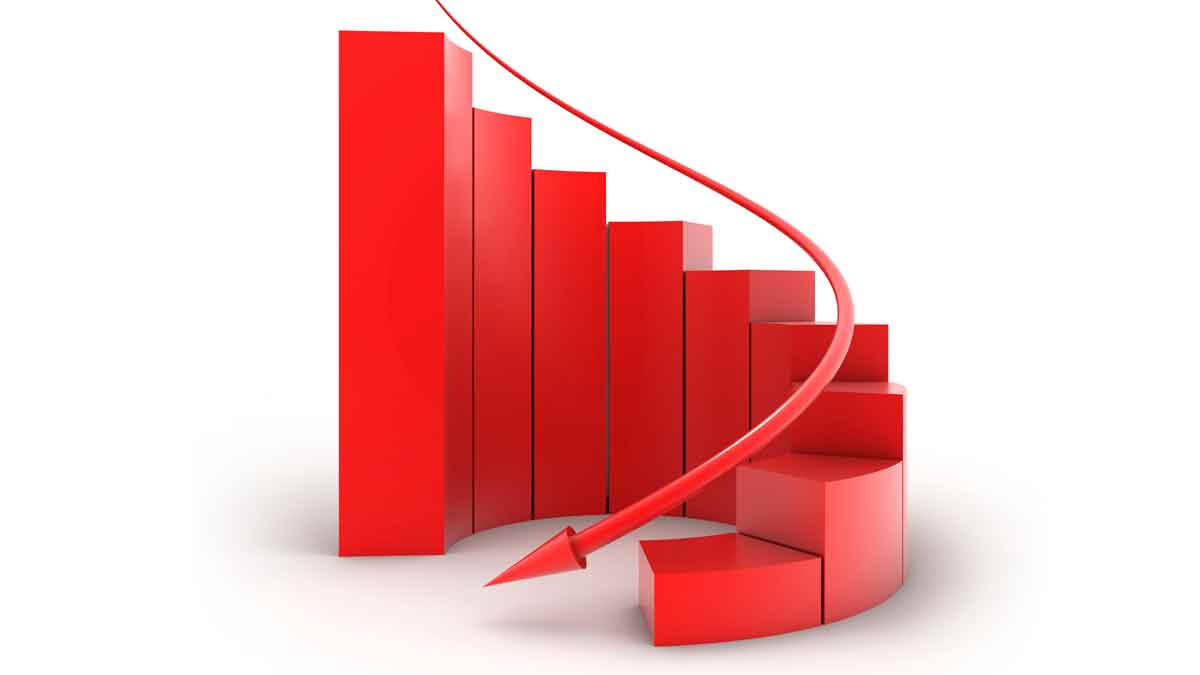B2C companies seek to understand customer needs. B2B companies should do this and engage customers, priming them to buy later. If you interview ten customers that represent 20% or 50% of the market segment’s buying power, wouldn’t it be an incredible waste if you failed to engage these companies… so they wanted to work with you?
More in article, The Missing Objective in B2B VOC (Originally published in B2B Organic Growth Newsletter).
When you turn up your thermostat, the temperature rises to the set point and quickly shuts off your furnace. Imagine if you had an 8-hour “feedback loop” before your furnace got the message. Even if you try new VOC approaches in the front end—but all your metrics occur after product launch—your feedback loop takes years. That’s no way to improve, is it?
More in article, 3 Problems with Innovation Metrics (Originally published in B2B Organic Growth Newsletter).
I am sometimes asked to do a workshop on developing value propositions. I say, “Not unless you invite your customers to it.” Seriously, suppliers already spend far too much time guessing what customers want. Why try to legitimize this innovation malpractice by creating and word-smithing value proposition statements internally?
More in article, The Science behind Great Value Propositions (Originally published in B2B Organic Growth Newsletter).
Here’s the “B2B Advantage”: Your customers can offer more insight than end-consumers due to their knowledge, interest, objectivity and foresight. But if your company uses hand-me-down consumer goods voice-of-customer methods, you’ve ignored your own advantage. Your competitors may not.
More in white paper, Catch the Innovation Wave (page 7).
Imagine your business stopped innovating, your profits declined, and it is now budgeting time. To salvage next year, you’ll likely cut long-term costs, e.g. R&D or marketing, further reducing your ability to create high-value products. Next year, you’ll have even fewer options. This results in death or irrelevancy. If you’ve started this spiral, pull out quickly.
More in article, The Commodity Death Spiral (Originally published in B2B Organic Growth Newsletter).
Most financial business reviews are like standing around the output die, exhorting the extruder to do better. But nobody’s checking the feed hopper. It looks like an intelligent meeting, discussing gross margins, price increases and growth rates. But these were predetermined years earlier, largely by your new products, what you put into the feed hopper.
More in article, Are You a Builder or a Decorator?
Lean Startup is a powerful approach for quickly testing assumptions and minimum viable products. But B2B customers can articulate their needs in amazing detail—if you know how to ask. If you start with your ideas, instead of diverging to all customer outcomes, you may be converging prematurely and limiting your possibilities.
More in white paper, Lean Startup for B2B (page 2).
Most B2B suppliers work too hard during interviews: Would you like this?… How about this?… Would this help? Better to probe a customer problem or desire to full comprehension, and then simply ask “What else?” This allows them to lead you to whatever they think is important. This is a customer-led interview. You should try it.
More in e-book, Reinventing VOC for B2B (page 11).
Great value propositions begin and end with customer outcomes. It’s like collecting specimens, sliding them under your microscope, and continuing to turn up the magnification. The careful researcher doesn’t have to agonize over the right value proposition. It comes into increasing focus, waving its arms and screaming to be addressed.
More in white paper, Timing is Everything (page 9).
Imagine a team spent $50,000 traveling to interview customers about their needs. What would it take to recover this front-end investment? Typically, just one of these… Improve probability of success by 1%, increase market share by ½ share point, accelerate time-to-market by one month, or raise pricing by 0.5%. Buy new headlights and speed up.
More in article, The Harsh Realities of Organic Growth (Originally published in B2B Organic Growth Newsletter).
You can ask for pricing decisions using a survey, e.g. Van Westendorp. But it’s hard to get a straight answer in concentrated B2B markets: They know they’ll be negotiating prices later. Better to understand the customer’s world so well you can create a value calculator… to model their pricing decision-making. You’ll have longer-lasting insights vs. a one-time survey.
More in article, Pricing New vs. Existing Products (Originally published in B2B Organic Growth Newsletter).
The cathedral-builder has counted the cost in years and is willing to pay it to create something of enduring value. He recruits and apprentices the finest stone masons and wood carvers he can find. Because these craftsmen know the passion of the builder, they are secure in their employment, and they work with pride. Do you have such builders?
More in article, Are You a Builder or a Decorator?
If you were gathering customer insights about belts, would you rather interview someone using a belt to convey iron ore… or to hold up their pants? B2B customers can usually provide more insight than end-consumers due to greater knowledge, interest, objectivity and foresight. But these advantages are no advantage unless you use a B2B-optimized approach.
More in white paper, Catch the Innovation Wave (page 6).
An alarm sounds in their heads and they move into “negotiating” mode… so good luck getting a straight answer. But they do want you to understand their needs. So collect economic data during interviews and tours for value-calculator price modeling later. This is why it’s easier to set proper pricing for a new product than an existing one.
More in article, Getting Top Price for Your New Product (Originally published in B2B Organic Growth Newsletter).













